In ancient times, it was universally affirmed that the human species was a gift from the gods. Whether in Egypt, Mesopotamia, Israel, Greece, Scandinavia, Great Britain, India, China, Africa, America or elsewhere, most people believed that the gods brought them the tools of civilization – agriculture, writing, medicine – everything worth having.
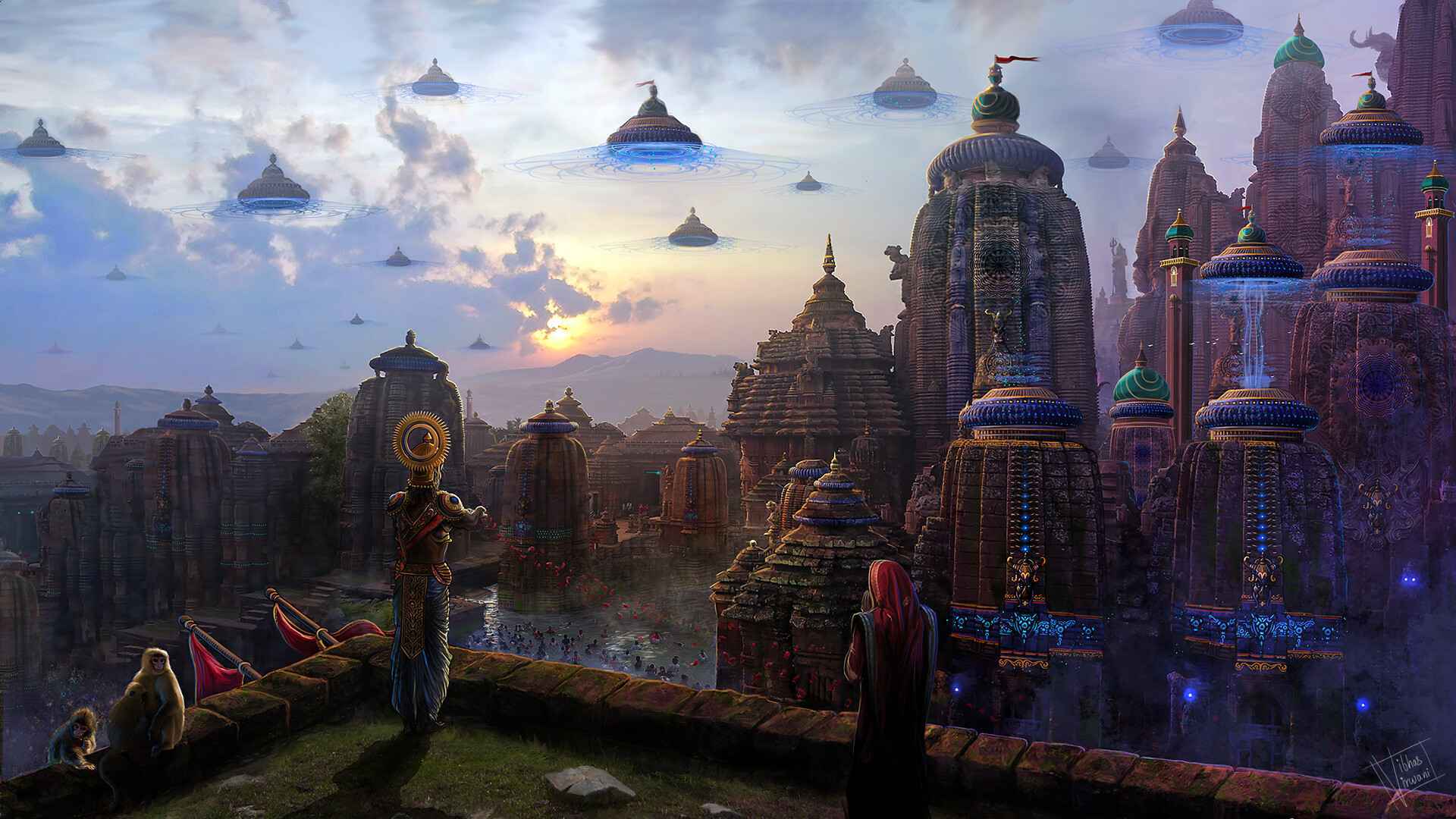
The famous Hindu epic poem, the Mahabharata, dating back to 4000 BC, tells of fantastic flying machines used by the gods, referred to as “chariots of the gods”, “chariots of the sun” and “mechanical birds”, these vehicles are described with great detail, which implies that they were witnessed by the scribes of India and documented so that other people can understand. By reading them with contemporary understanding of technology, we can see how the ancient Indians were describing UFOs and airplanes in the primitive terms they understood: Flying chariots carrying the gods is an exact description of the flying saucers used by advanced alien beings (the gods) who travel great distances across the sky.
Vimana
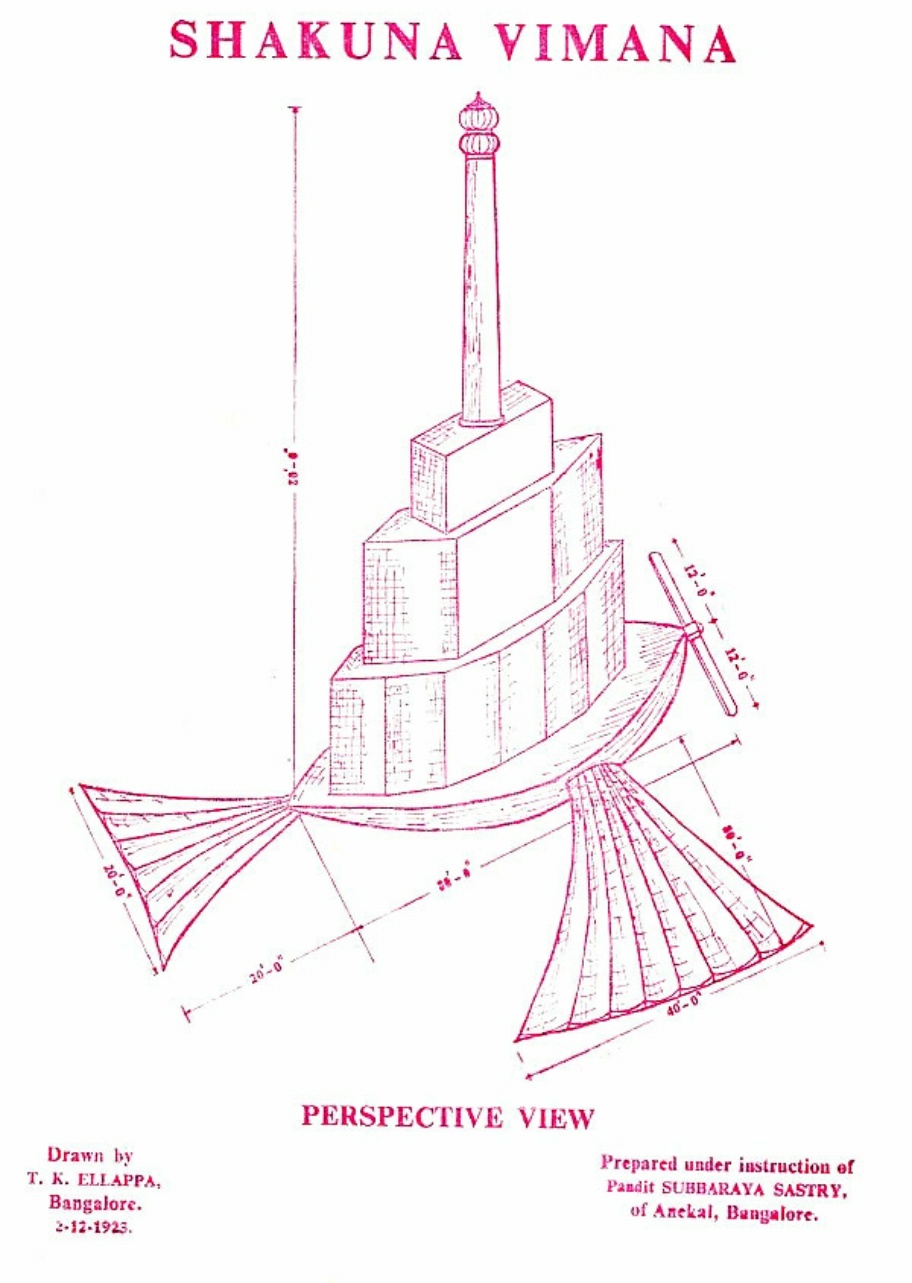
The word Vimana is Sanskrit and has multiple meanings, from the ‘palace of an emperor or a god’ to a ‘vehicle’. Today, the word means aircraft.
The predecessors of the flying vimanas in the Sanskrit epics are the flying chariots employed by various gods in the Vedas: The Sun and Indra and various other Vedic deities are carried by flying wheeled chariots made to be drawn by animals, usually horses or birds.
The Vimanas are described in the Mahabharata, giving the measurements for one of them. It is described as having twelve cubits in circumference with four strong wheels that are approximately 20 to 25 feet in circumference; about seven feet in diameter.
The Mahabharata books and various Sanskrit books describe these chariots in detail:
“Powered by wings of lightning … it was a ship that soared into the air, flying to the solar and stellar regions.” “They roar as they start towards the sky.”
According to the texts, these Vimanas were used to transport the gods through the heavens.
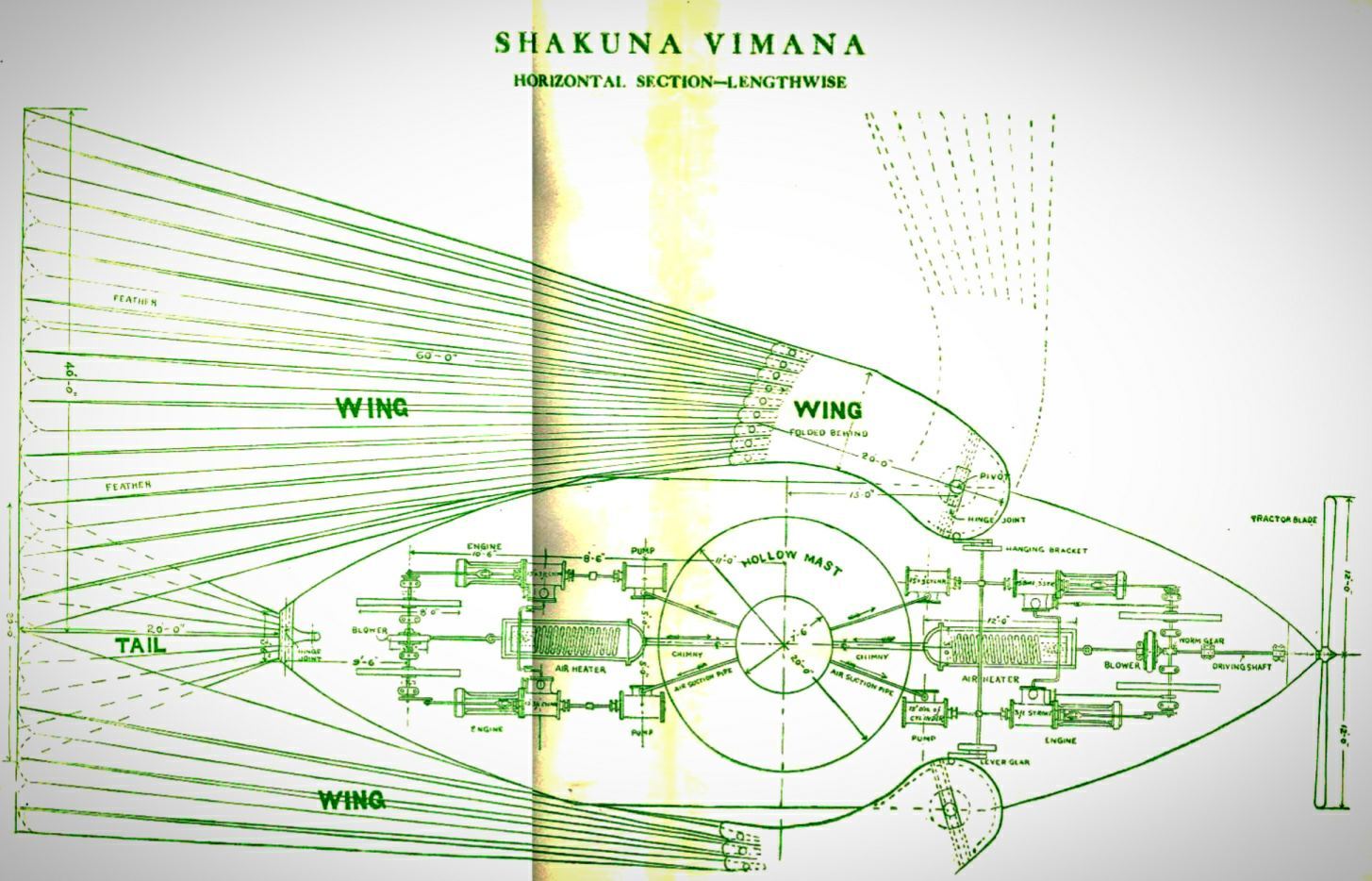
The Ramayana is a Vedic epic dating back to the 4th and 5th centuries BC. In one of his passages, he describes Vimana as follows:
“A chariot that resembles the sun, that aerial and excellent chariot goes anywhere at will, it resembles a cloud of light in the sky, the king would enter and the excellent chariot would rise up into the upper atmosphere.”
According to these texts, the propulsion was carried out using mercury, together with vibratory techniques of certain sounds capable of unleashing powerful energies.
In the thousands of years that followed, India began building temples in the form of the Vimanas as described in their sacred texts. These buildings look like spaceships built today. They are physical documents of ancient extraterrestrial technology from a long time ago.
According to a study conducted by researchers from the Indian Institute of Science, Bangalore, Talpade build their models under the guidance of Pandit Subbaraya Shastry, the author of Vaimanika Shastra. These models are described in detail in the Mahabharata and were translated in these drawings in 1923 for the first time since ancient times.
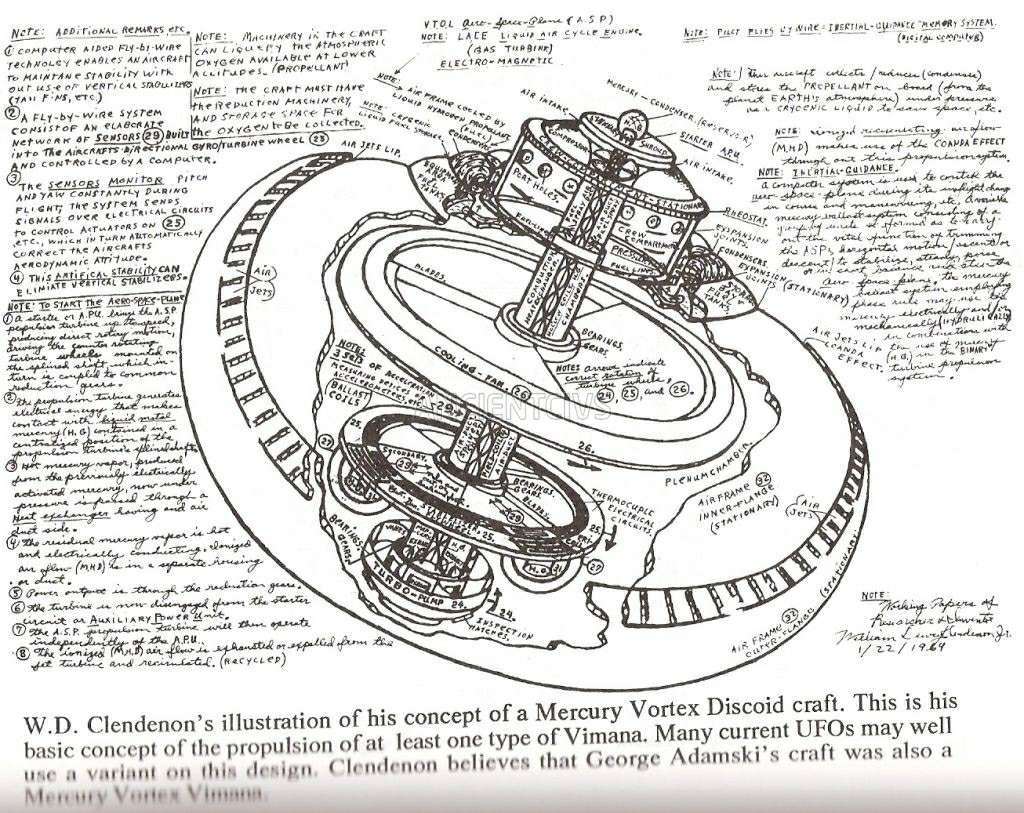
Detailed drawings of a Vimana as described in the Mahabharata. Could aliens teach how to build their flying machines? These vehicles are described as “Flying chariots of the gods” and “the birds of the sky.” This technology and engineering did not exist in 4000 BC Credits: David H. Childress.
The mechanical bird of ancient history
This was the pushpaka, the vimana of Ravana, king of Lanka and the chief antagonist in the Hindu epic The Ramayana, which describes the pushpaka as follows:
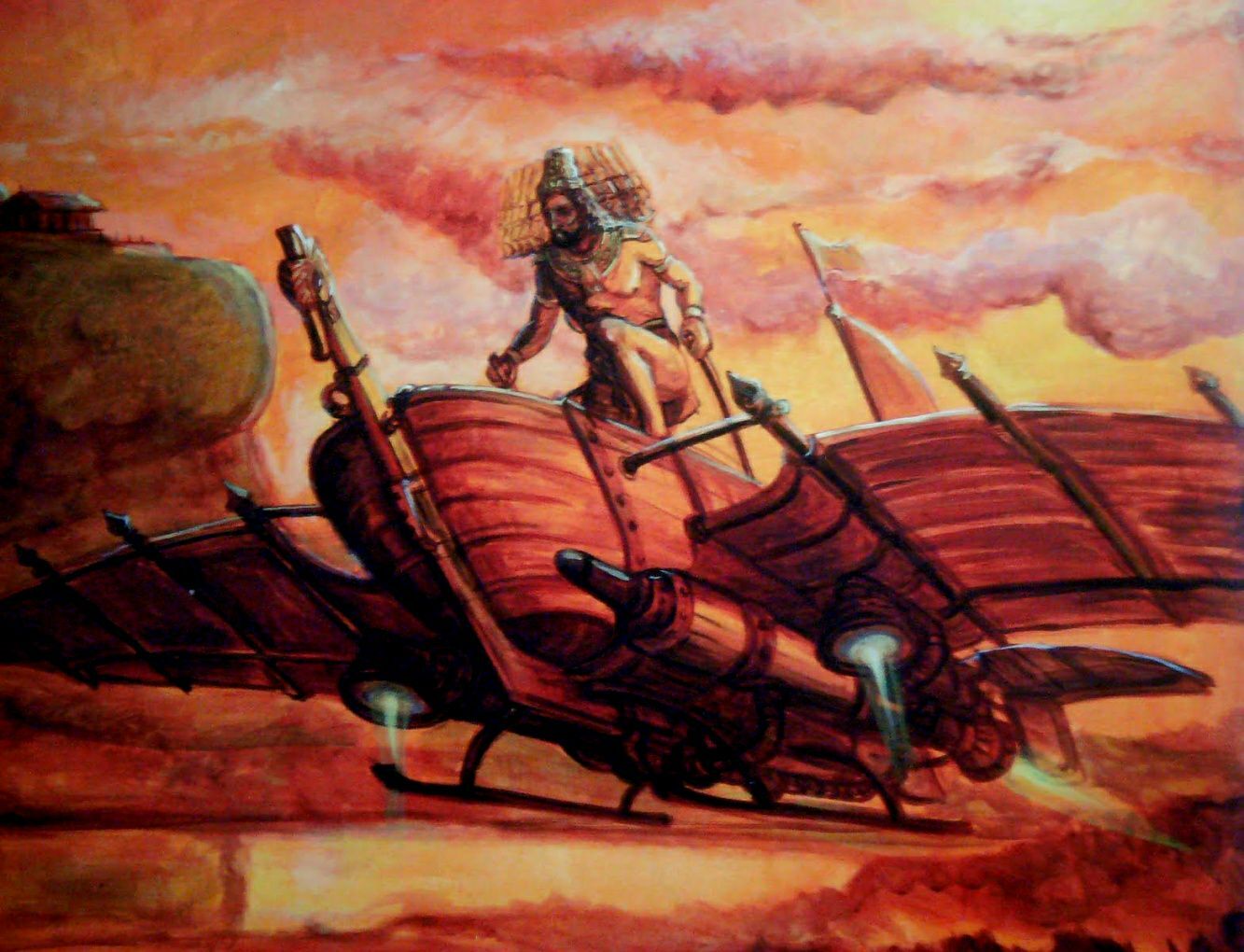
Pushpaka’s chariot which resembles the Sun and belongs to my brother was brought by the mighty Ravana; that aerial and excellent car that goes everywhere at will…. that chariot resembles a bright cloud in the sky … and King (Rama) entered, and the excellent chariot commanded by the Raghira, rose into the upper atmosphere.
According to many ancient texts, these Vimanas were used to transport the gods through the heavens. These flying machines, according to Erich Von Daniken, navigated high altitudes with the help of mercury (mercury vortex engine). The Vimanas could cover great distances and could travel forward, up and down.




